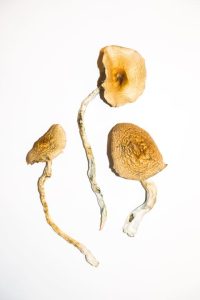Mushrooms That Help With Pain. If you are you thinking of trying microdosing mushrooms for pain or are you in search of more information on this method before consideration, you have come to the right place.
In the 16th century, the Aztecs used it to stimulate mystical experiences. They called it ‘teonanacatl,’ or sacred mushroom.
In the modern age, workers in Silicon Valley have made microdosing mushrooms for pain popular. They use it as a productivity edge in uber-competitive work environment.
You might know this mystical substance as “magic mushrooms.” You may not know that 21st-century scientists are exploring the medical potential of a method of use called ‘microdosing.’
A Brief History of Microdosing Mushrooms – Mushrooms That Help With Pain
 Microdosing is not a new microdosing
Microdosing is not a new microdosing
In the 1960s, psychologist and researcher James Fadiman was experimenting with using psychedelics as medicine. His research ended when recreational use of hallucinogens became popular and the government stopped funding the experiments.
At that time, the research on psilocybin was showing exciting promise in two areas: substance abuse and end-of-life anxiety and depression.
In the early 2000s, there was new interest in psilocybin, the active compound in “magic mushrooms,” as a medical treatment. The Food and Drug Administration (FDA) gave the study of psychedelic drugs “breakthrough status.” Dr. Fadiman and others could now resume research in psychedelics as medicine.
Since its early use in Silicon Valley, more people began microdosing mushrooms. Many consider it a productivity hack because it can increase focus, cognitive ability, and creativity.
In this article, we’ll talk about the history and science of microdosing mushrooms, its potential benefits and side effects, and how it can help people with chronic pain.
NOTE: At this time, the hallucinogen in magic mushrooms is a schedule I drug (meaning it has no accepted medical use). It is still illegal in most places. Our intent in writing this article is to inform our readers of research that may have future benefits for chronic pain sufferers.
What Is Microdosing, and How Can It Help Pain Patients? – Mushrooms That Help With Pain
Microdosing is the use of a tiny dose of a psychedelic substance (one-tenth of the usual “trip dose”) to improve cognitive abilities, concentration, or creativity without experiencing an altered level of consciousness.
In the case of magic mushrooms, the active compound is psilocybin, a hallucinogen produced by many types of fungi. While pain relief isn’t the most common reason people give for microdosing psilocybin, some say it helps with certain types of pain.
There are few clinical trials on the microdosing of psilocybin for pain. Still, there are reports that it can be helpful with phantom limb pain and cluster headaches.
Another potential benefit for chronic pain sufferers is the treatment of pain-induced psychiatric symptoms. Psilocybin can elevate mood and reduce symptoms of anxiety and treatment-resistant depression. It may help to break the pain-depression-pain cycle that debilitates many chronic pain sufferers.
Microdosing Mushrooms for Mental Health Conditions
 The effect of microdosing can be twofold for people with chronic pain. While it helps with long-term pain like cluster headaches, it also works as a psychedelic serotonin agonist (PSA). PSAs work on the neurologic pathways of the brain. They create new links that allow parts of the brain that don’t normally communicate, talk to each other and create new thoughts and experiences.
The effect of microdosing can be twofold for people with chronic pain. While it helps with long-term pain like cluster headaches, it also works as a psychedelic serotonin agonist (PSA). PSAs work on the neurologic pathways of the brain. They create new links that allow parts of the brain that don’t normally communicate, talk to each other and create new thoughts and experiences.
This reorganizing of brain pathways may be the key to how psilocybin improves anxiety and depression symptoms: It may disrupt dysfunctional pathways as it creates new ones.
The effects of this reorganization can have long-term results. Full-dose studies found that psilocybin reduced symptoms of cancer-related anxiety (with one dose) and treatment-resistant depression (with two spaced doses) for six months and three months, respectively.
In all, seven clinical trials found that psilocybin use caused reductions in psychiatric rating scores or improved response and remission rates.
What’s more, psilocybin may be protective against suicidality.
Microdosing Mushrooms for Addiction – Mushrooms That Help With Pain
The studies mentioned above found psilocybin to also be a promising treatment for alcohol and tobacco addiction with increased abstinence rates and no severe adverse reactions.
The mechanism that makes psilocybin a potential treatment for anxiety and depression may work in the same way to reduce addictive behaviors.
In another study, most participants reported significantly decreased use of alcohol, caffeine, cannabis, illicit substances, and psychiatric medications.
Researchers concluded that psilocybin microdosing warrants more research on its potential to treat substance use disorders.
 This could be great news for chronic pain sufferers who form addictions by self-medicating to decrease pain.
This could be great news for chronic pain sufferers who form addictions by self-medicating to decrease pain.
For a more in-depth look at the use of psilocybin to treat addiction disorders Today.
Risks and Side Effects of Psilocybin
For all its potential benefits, psilocybin also carries risks. The most common side effects are headaches that are not severe or disabling and mood lability. Both are more likely to occur with higher doses, however.
Other reported side effects include dizziness, nausea, muscle weakness, numbness, and loss of appetite.
The Future of Mushroom Microdosing
As discussed above, in 2018, the Food and Drug Administration (FDA) approved a clinical trial of psilocybin as a treatment for depression. Since then, Johns Hopkins University has established a Center for Psychedelic and Consciousness Research.
For now, though, mushrooms are still illegal in the US, though three cities have decriminalized them: Denver, Colorado; Oakland, California; and Santa Cruz, California. The state of Oregon is working toward doing the same, but the coronavirus pandemic has slowed down their progress.
In the meantime, Johns Hopkins uses synthetic psilocybin in pill form in their clinical trials. A synthetic form of the drug would make therapeutic dosing accurate and predictable for use as a pharmaceutical.
Conclusion on Microdosing Mushrooms for Pain – Mushrooms That Help With Pain
Psilocybin is known to increase mood, concentration, creativity, and productivity, but research is still in the early stages. While we know that it helps with cluster headaches and phantom limb pain, researchers have only scratched the surface of its potential to treat pain.
Still, some researchers have found mushroom microdosing to be safe and non-addictive, and it may be an effective treatment for other conditions that can contribute to chronic pain, such as anxiety, depression, and substance abuse.
Learn More About Microdosing Mushrooms for Pain
-
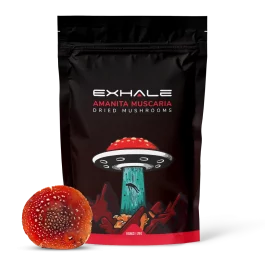 DRIED AMANITA MUSCARIA$200.00 – $1,000.00
DRIED AMANITA MUSCARIA$200.00 – $1,000.00 -
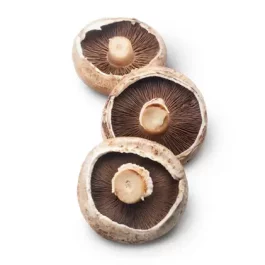 Portobello Mushroom (Agaricus bisporus)$160.00 – $750.00
Portobello Mushroom (Agaricus bisporus)$160.00 – $750.00 -
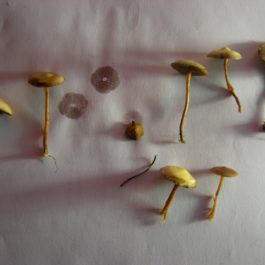 Psilocybe Stuntzii$160.00 – $750.00
Psilocybe Stuntzii$160.00 – $750.00 -
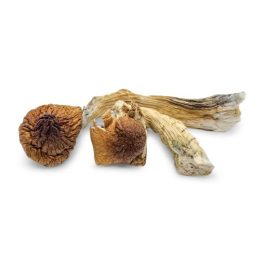 Tidal Wave Magic Mushrooms$160.00 – $750.00
Tidal Wave Magic Mushrooms$160.00 – $750.00 -
 hawaiian magic mushrooms$195.00 – $780.00
hawaiian magic mushrooms$195.00 – $780.00 -
 Golden Teacher Mushrooms$160.00 – $750.00
Golden Teacher Mushrooms$160.00 – $750.00 -
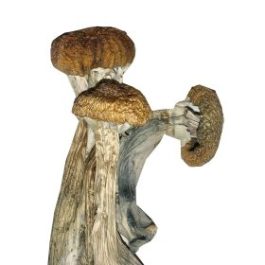 Ecuador Mushrooms$195.00 – $1,000.00
Ecuador Mushrooms$195.00 – $1,000.00 -
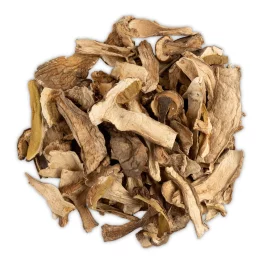 Dried Porcini Mushrooms$270.00 – $900.00
Dried Porcini Mushrooms$270.00 – $900.00 -
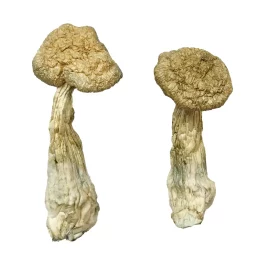 Burma Magic Mushrooms$200.00 – $950.00
Burma Magic Mushrooms$200.00 – $950.00
If you would like to know more about psilocybin microdosing research, visit the Multidisciplinary Association for Psychedelic Studies (MAPS) for a list of completed and ongoing clinical studies.


